The world is getting smaller, they say. Soon everything will look like everything else. Everyone’s going to speak English, go to Starbucks, and drink at the Irish pub. Wherever you go, people are jaded from the influx of tourism that has already been overwhelming, and it’s only set to increase, as more and more people flood the streets of formerly undiscovered destinations that were once picturesque vistas of untouched (at least by tourists) beauty.
Fortunately for us all, this is only somewhat true.
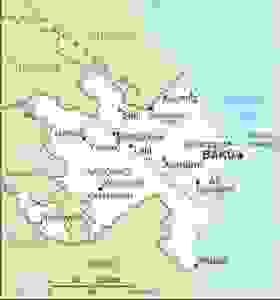
I recently went to Azerbaijan, which, if you look at a map, is split up into two different pieces. This comes partly from the legacy of the Soviet era, during which a divide and conquer strategy was imposed on the citizens of various regions, with the intention of forcing them to squabble with each other instead of uniting in solidarity against the imperial overlords living several time zones away. Sadly, this strategy worked extremely well.
It’s even more complicated than that, though. Part of the reason I was so interested in the Caucasus region was how densely packed it is with various cultures, languages, ethnicities, and local customs. There’s plenty in common in some cases, but in some of the mountain villages in northern Azerbaijan, for example, certain villages have their own unique language, distinct from the next village down the road.
This makes for a fascinating mix of regional identities, but comes at the cost of overall stability. Ethnic tensions run deep, and in some cases, the conflicts go back for centuries. Thus, a sliver of Azerbaijan ended up on the other side of Armenia, while a sort-of-sliver of Armenia ended up right inside Azerbaijan. The Nagorno-Karabakh conflict remains unresolved to this day, and violence inevitably breaks out along the ceasefire line every now and then.
Where am I going with all this? Well, Azerbaijan’s severed territory is known as Nakhchivan. It’s physically cut off from the rest of Azerbaijan by Armenia, and since the two nations are still technically at war, no transportation passes directly through this route. Azerbaijanis can bypass Armenia by going through Iran (and can do so without a visa), but it’s not quite as convenient as traveling through one’s own country. Nakhchivan also shares a tiny border with Turkey to the west, with whom they have good relations, but as far as neighbors go, that’s it. The only other way in is to fly.
So you can imagine how few tourists they get.
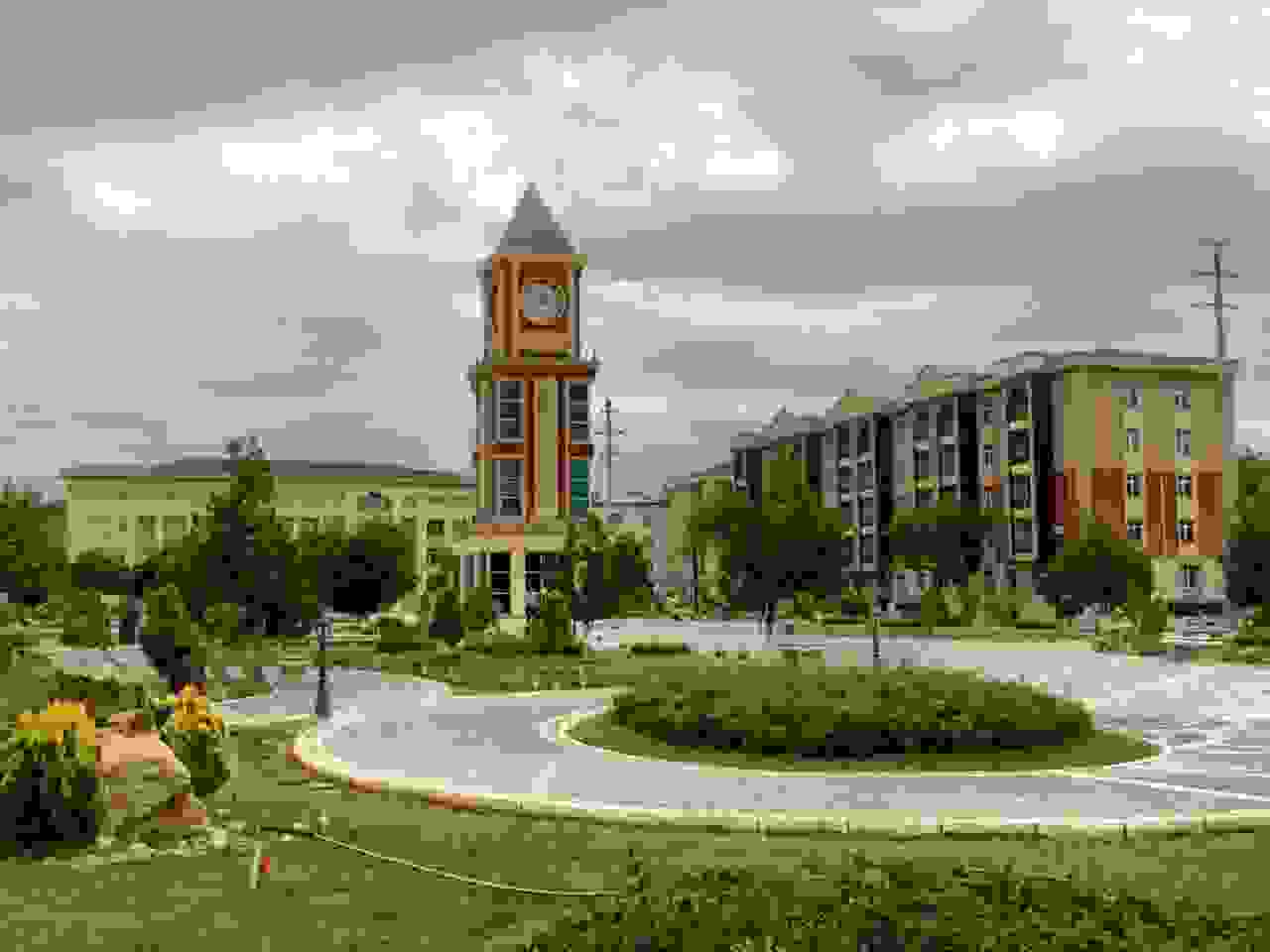
Combine this with the reputation the Caucasus region has for hospitality, and you might find yourself getting free dinner and drinks all day long the whole time you’re there. That’s pretty much what happened to me.

Within hours of landing in Nakhchivan, someone came up to me and offered to give me a free tour of the city. As soon as we stopped in a mosque, the director invited us to lunch the next day. While I was sitting in my hotel room, one of the members of the hotel staff called me on the phone and asked if I wanted to come out for drinks. He and his friend drove me around to some of the places I couldn’t have visited without a taxi ride, and offered me as much vodka as I could handle. Plus there was backgammon. There is always backgammon.
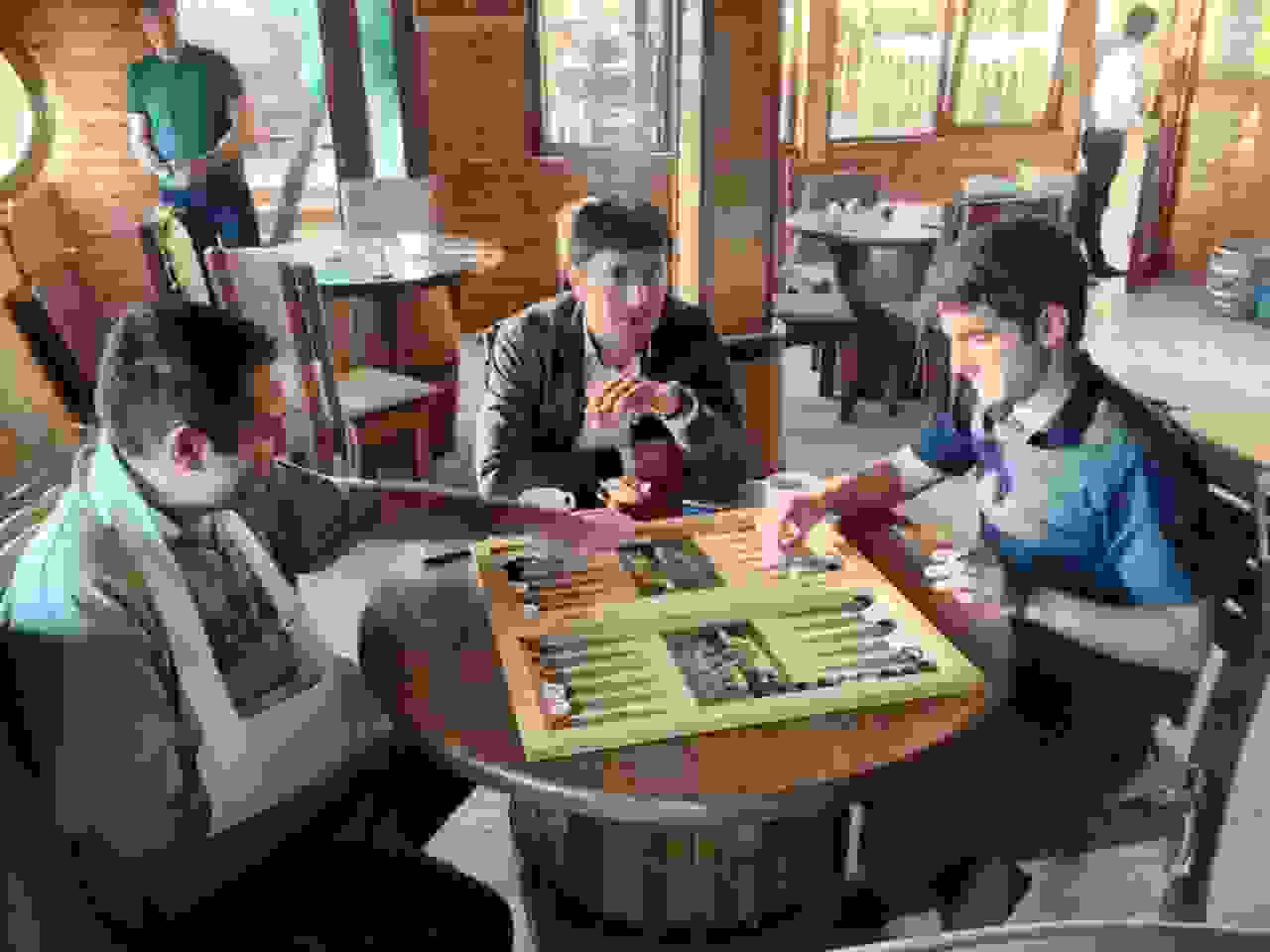
As you can imagine, this was pretty great. And it’s also a little easier than some people might think, despite the notion that tourists are flooding everything at seemingly record rates.
Visiting a lesser-known country is obviously going to help, and visiting a lesser-known region within that country will obviously do the same. Even visiting remote regions within otherwise popular countries can end up like this. Big countries with strict visa policies, for example, encourage most tourists to go on a whirlwind tour of only the major destinations, leaving the rest of the country utterly devoid of visitors. Go to eastern Russia, for example, or western China, and you might find yourself turning into an impromptu local celebrity.
I think there’s also a tendency for certain lesser-known countries, especially those with conflicted histories whose presence in the news is usually tragic, to show you a side of their country the world doesn’t often see. Most people are proud of their culture, in one way or another, and if the world only knows the region for its violent history, they’re even more enthusiastic about showing you what there is to appreciate about it.
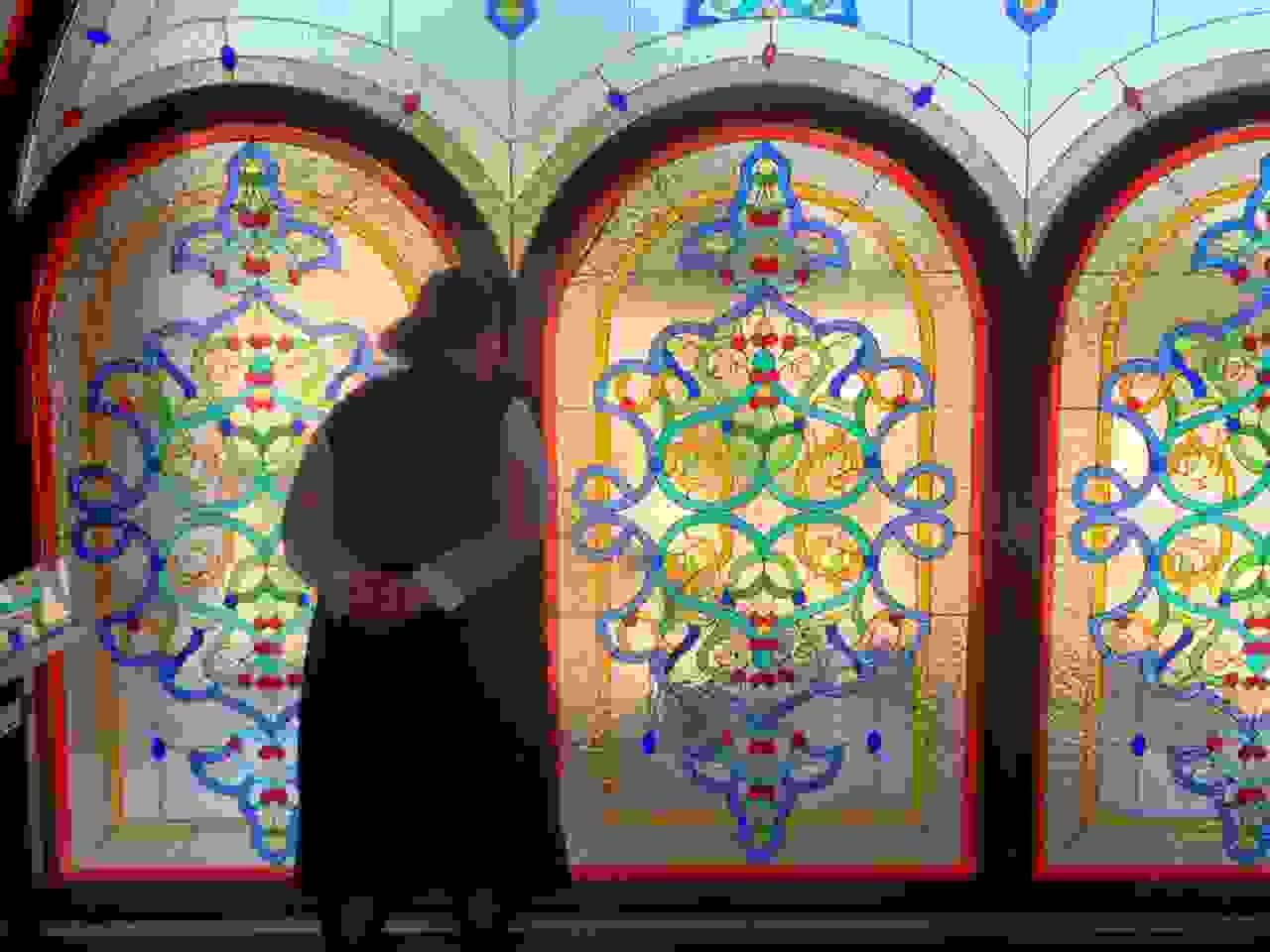
And Nakhchivan has a lot of culture, both mythical and otherwise, to share with visitors. The name itself translates to “Noah’s Town,” and legend has it that when Noah’s Ark finally landed, it happened right here. There’s even a mountain off in the distance, with a dent at the peak, which many claim was the actual landing site.
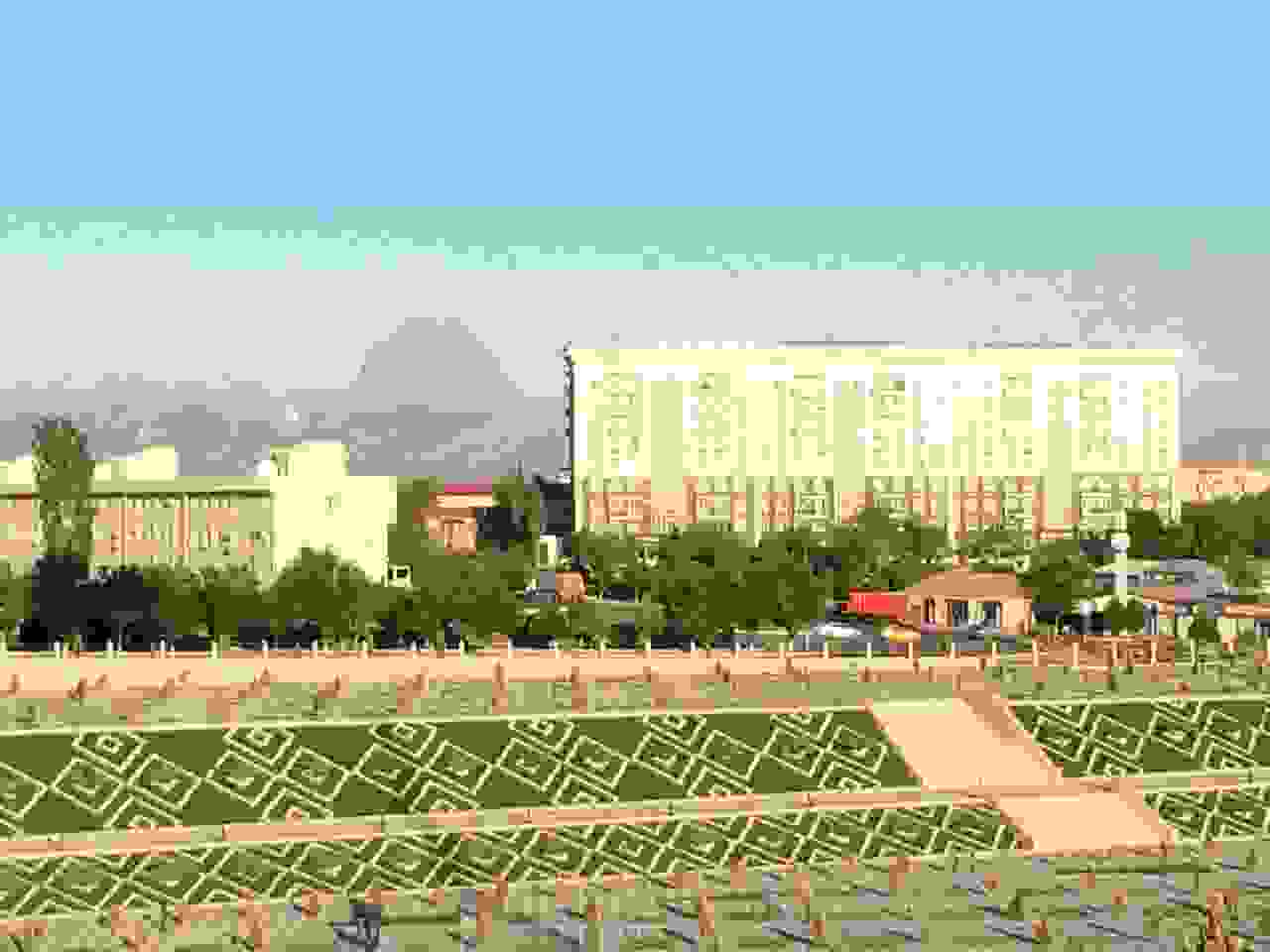
Personally, I think a mountain would have defeated a wooden boat, and not the other way around (among other, far more significant problems I have with the Noah’s Ark story), and others in the Caucasus region claim Noah as their own, kind of like how half of Europe seems to claim Columbus. Regardless, the story is still part of how the residents of Nakhchivan see themselves: as a people whose history goes back all the way to beginning.
They even claim to have discovered the final resting place of Noah, whose alleged tomb is on the edge of town, in a style of mausoleum typical of the region:
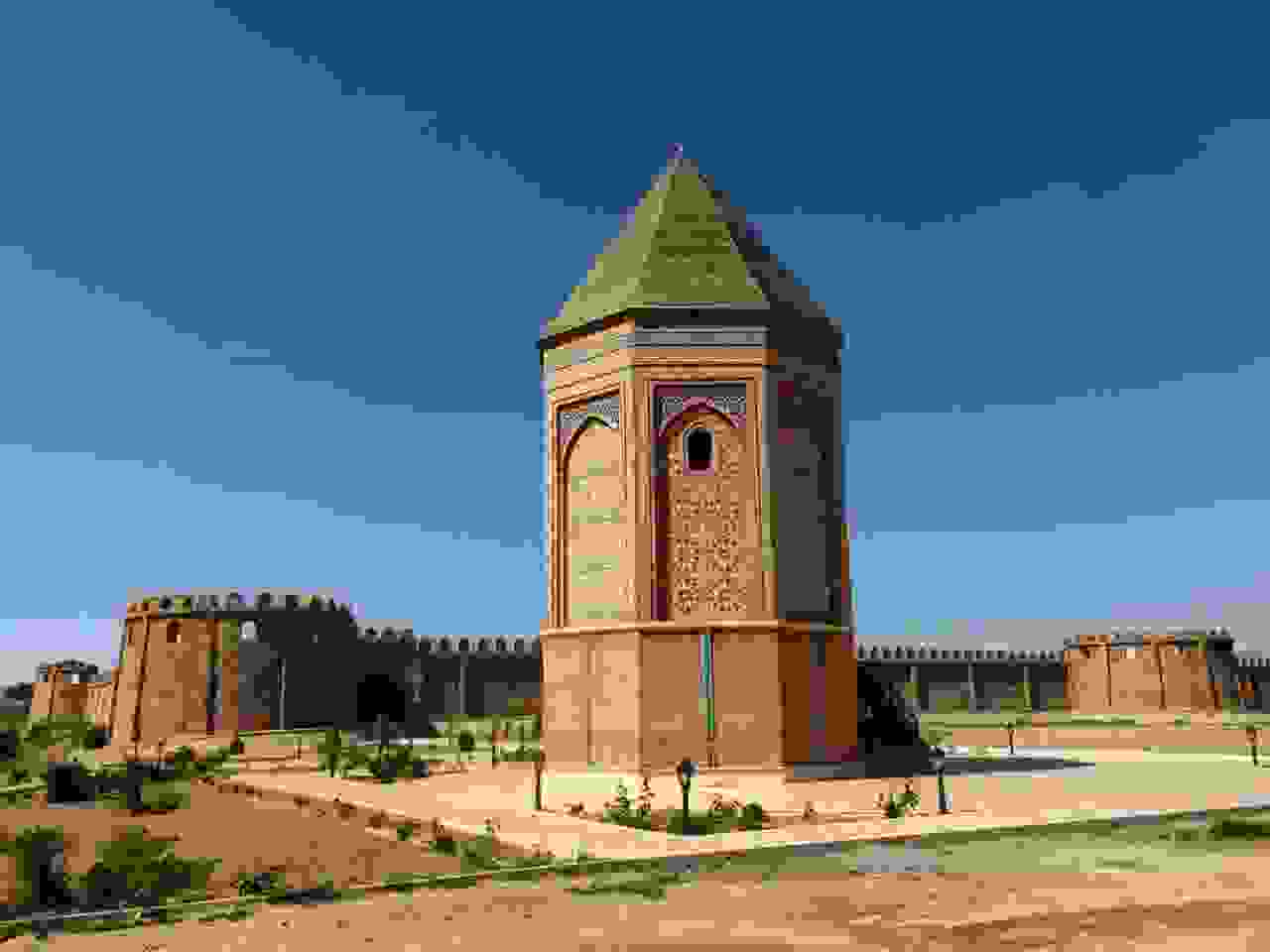
True or not, it’s an interesting cultural landmark in a region claiming such an ancient heritage.
What’s also interesting is how incredibly empty everything is. I thought there must have been a holiday or something, but this wasn’t the case. It’s simply a larger, less densely-packed city, in sharp contrast to the chaos of Baku. Here it’s positively peaceful.
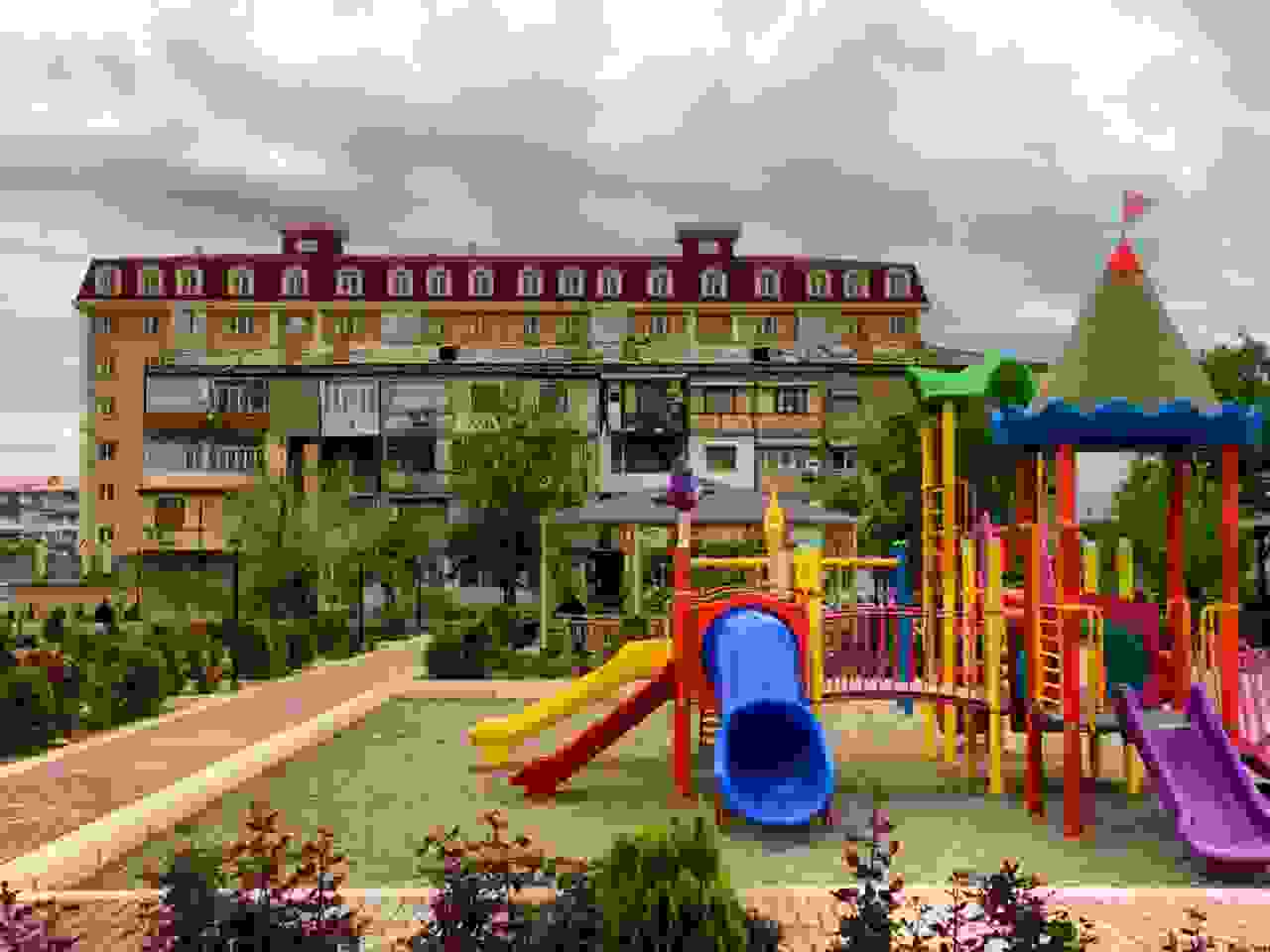
The city is also rather pristine. My impromptu tour guide told me that the government spends its funds on things like beautifying the city, and will rebuild, renovate, and even furnish dilapidated apartment complexes for the sake of improving the general atmosphere and living conditions, entirely for free. It’s a pretty great deal for those living in Nakhchivan, and part of the reason the residents feel that the rest of the country is jealous…especially with Baku’s oil wealth driving up prices in the capital, and displacing residents who might not be able to afford it anymore.
But you know what they really like here? Balcony extensions!
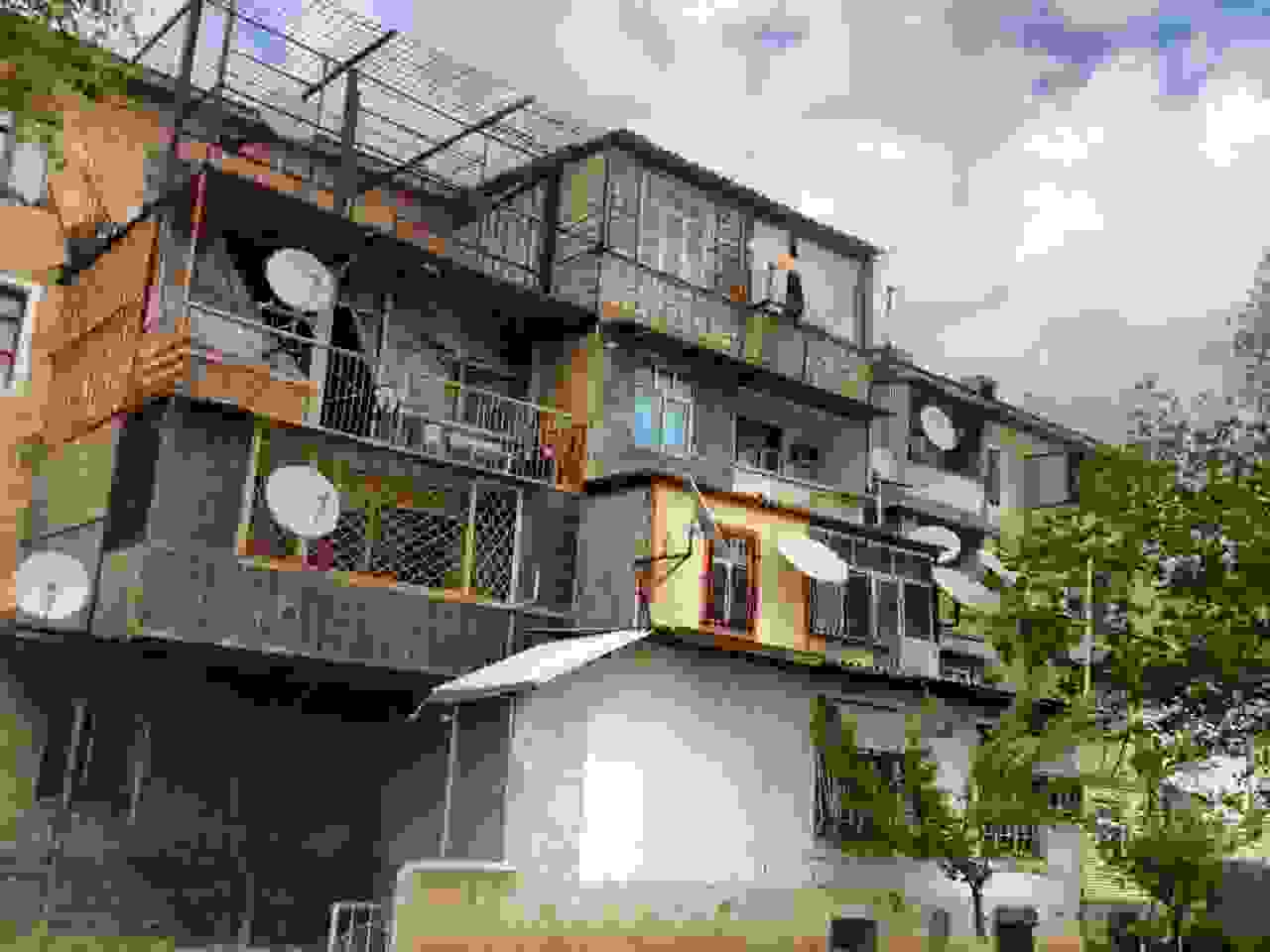
Apparently they just really love building these things to give themselves some extra room. But what’s really great is when they build balcony extensions attached to existing balcony extensions. I think in some cases I saw a series of three of them stacked horizontally over the street. Luckily their downstairs neighbors are fans of doing the same thing, so the upper floor balconies have a little support.
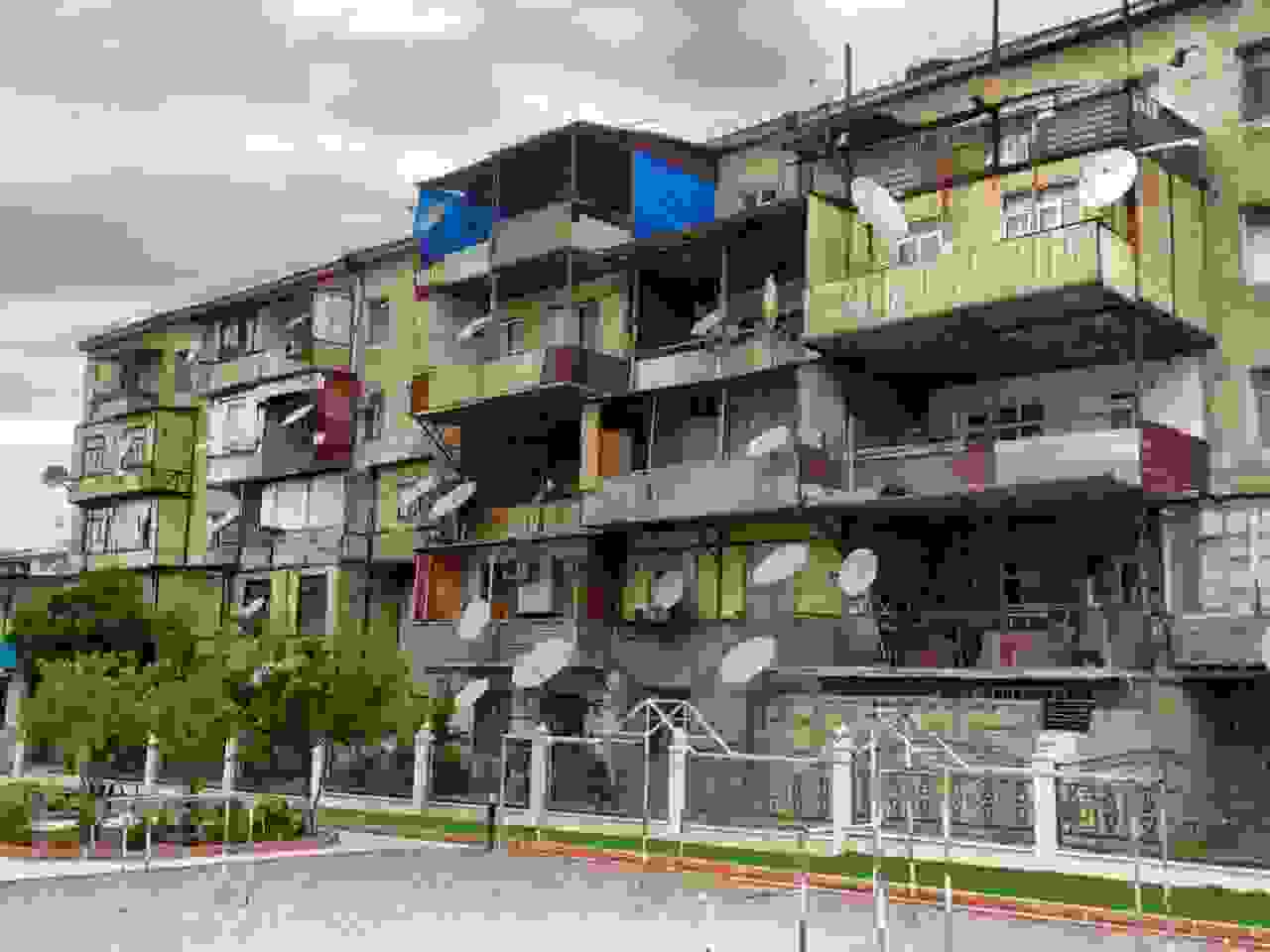
It’s not like you can’t find these anywhere else, but here in Nakhchivan, they were everywhere. It’s like their version of adding a hot tub, I suppose.
There’s also quite a bit of color to the buildings, which again serves as a sharp contrast to the capital:
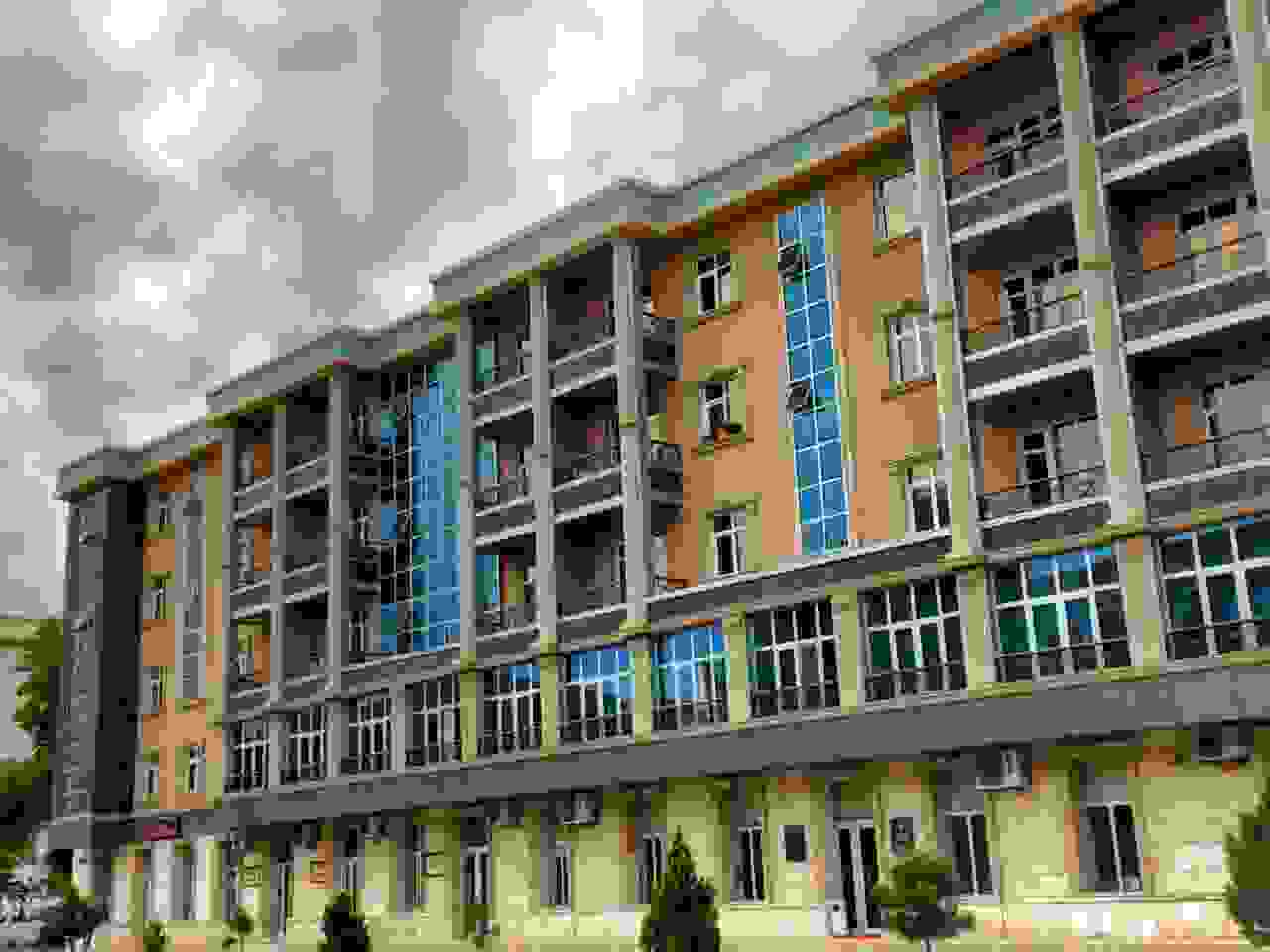
Over in Baku, many of the buildings are sand-colored, which, by the way, was oddly mandated by the government. At some point they ordered a bunch of buildings to add sandy-colored finishes to their outer walls. They took the opposite approach here in Nakhchivan, where there’s a lot more color than you’d expect of the apartment blocks in a former Soviet country.
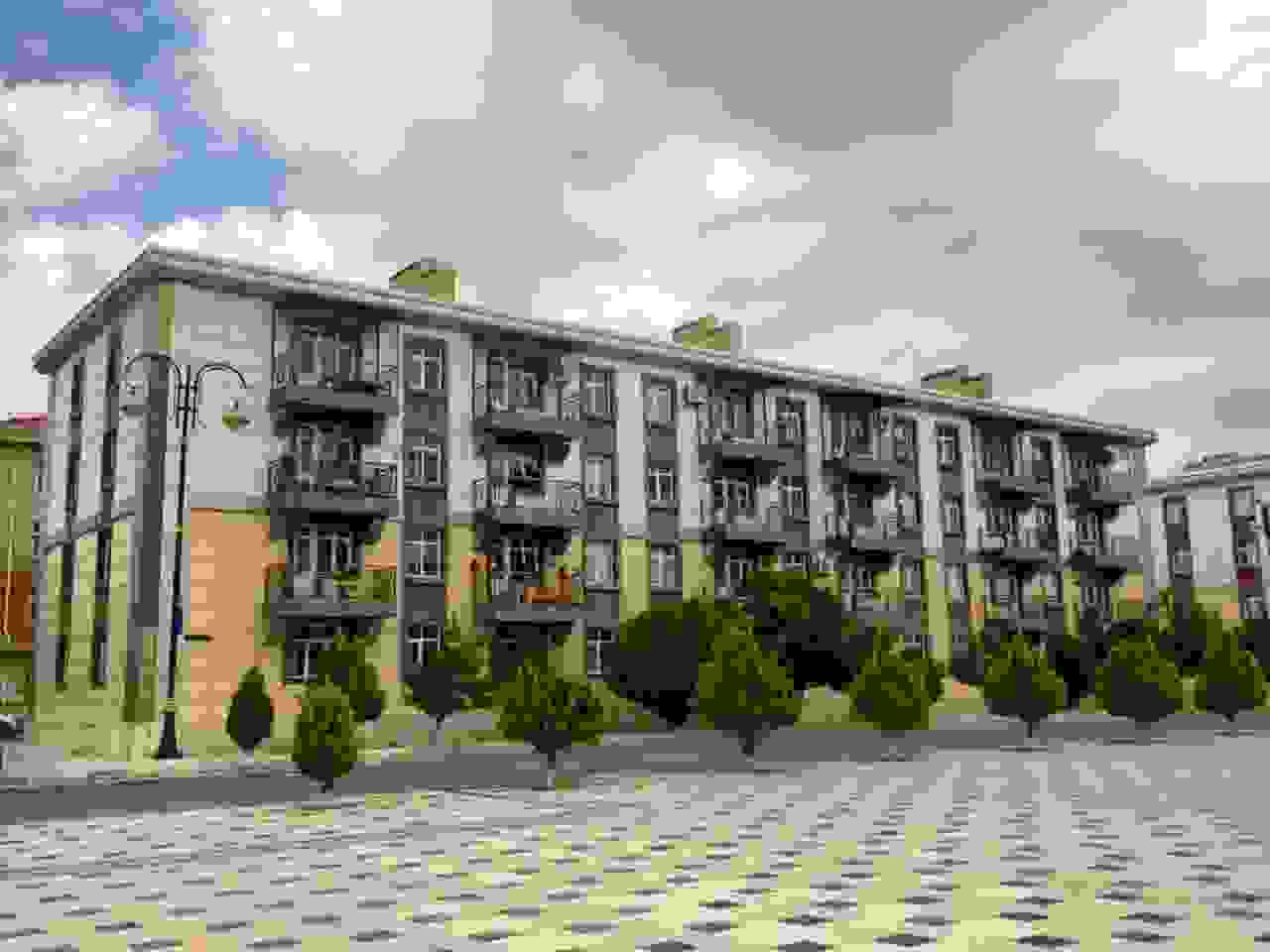
The main squares are pretty nice, too:
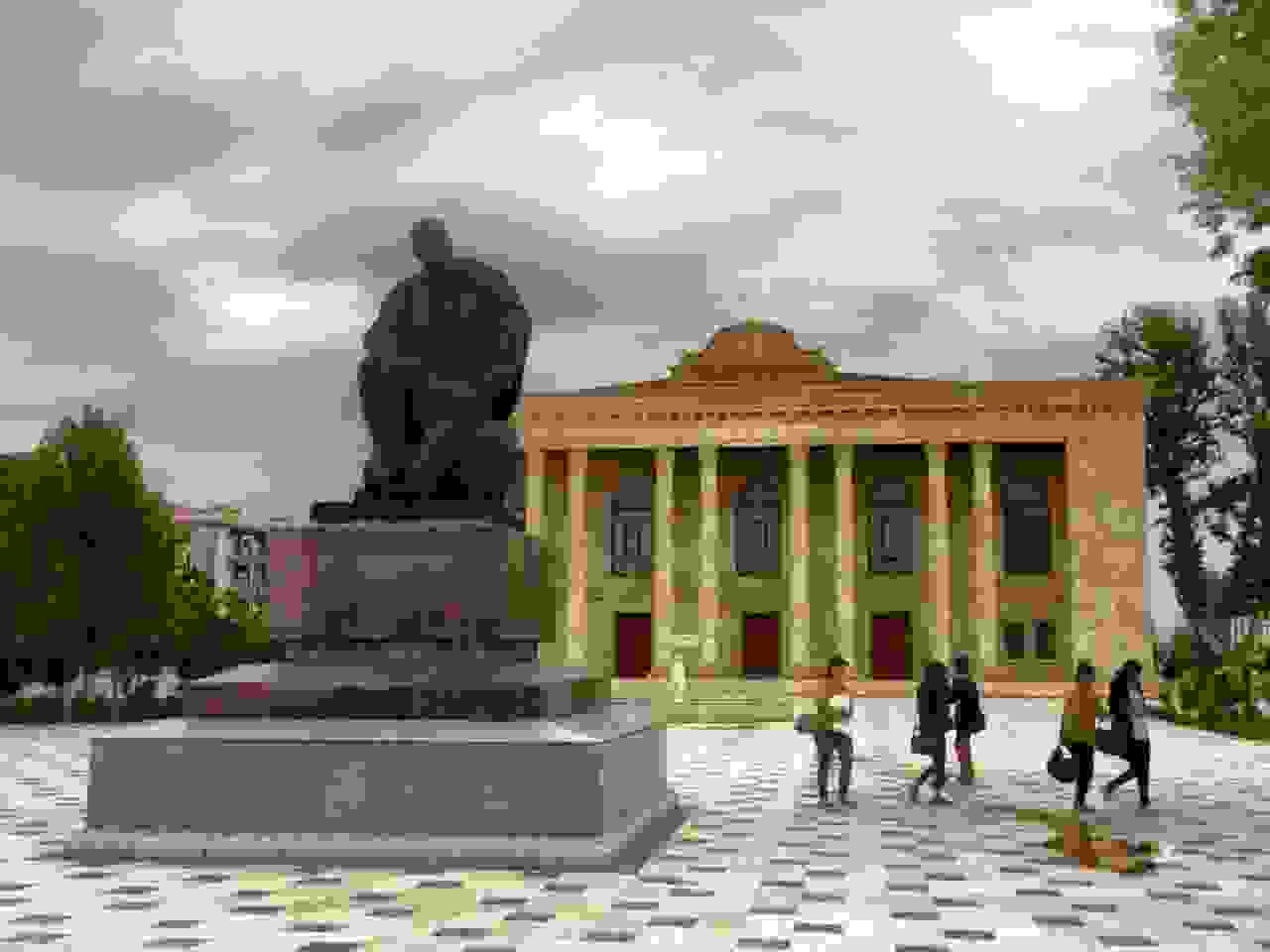
And of course there’s the obligatory statue of the national leader, Heydar Aliyev:
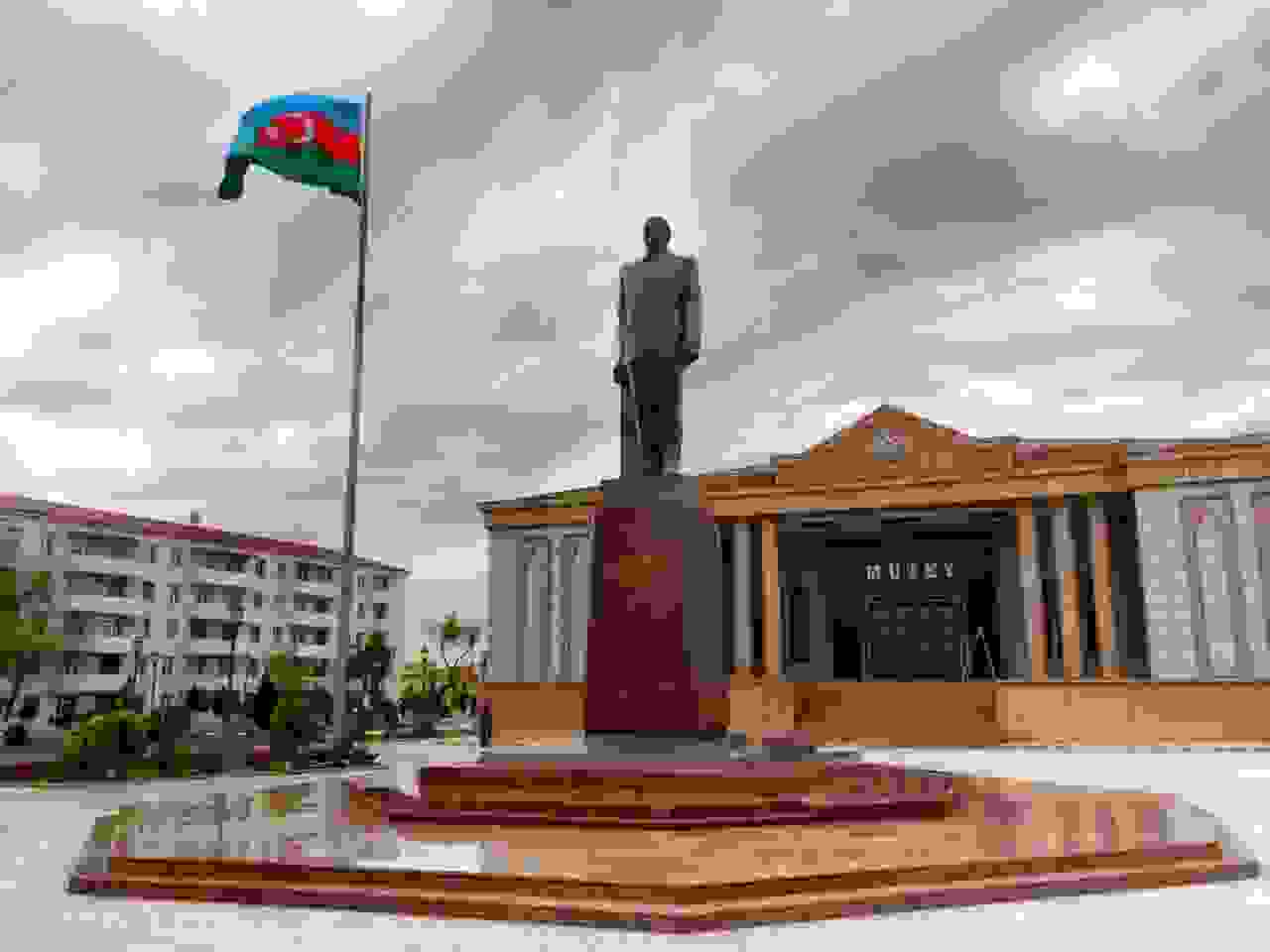
If you’re feeling a little adventurous, there’s a former mine that’s now a minor health resort, known as Duzdag, where guests can stay overnight to breathe the allegedly healthy air, to clear out any respiratory problems they might have.
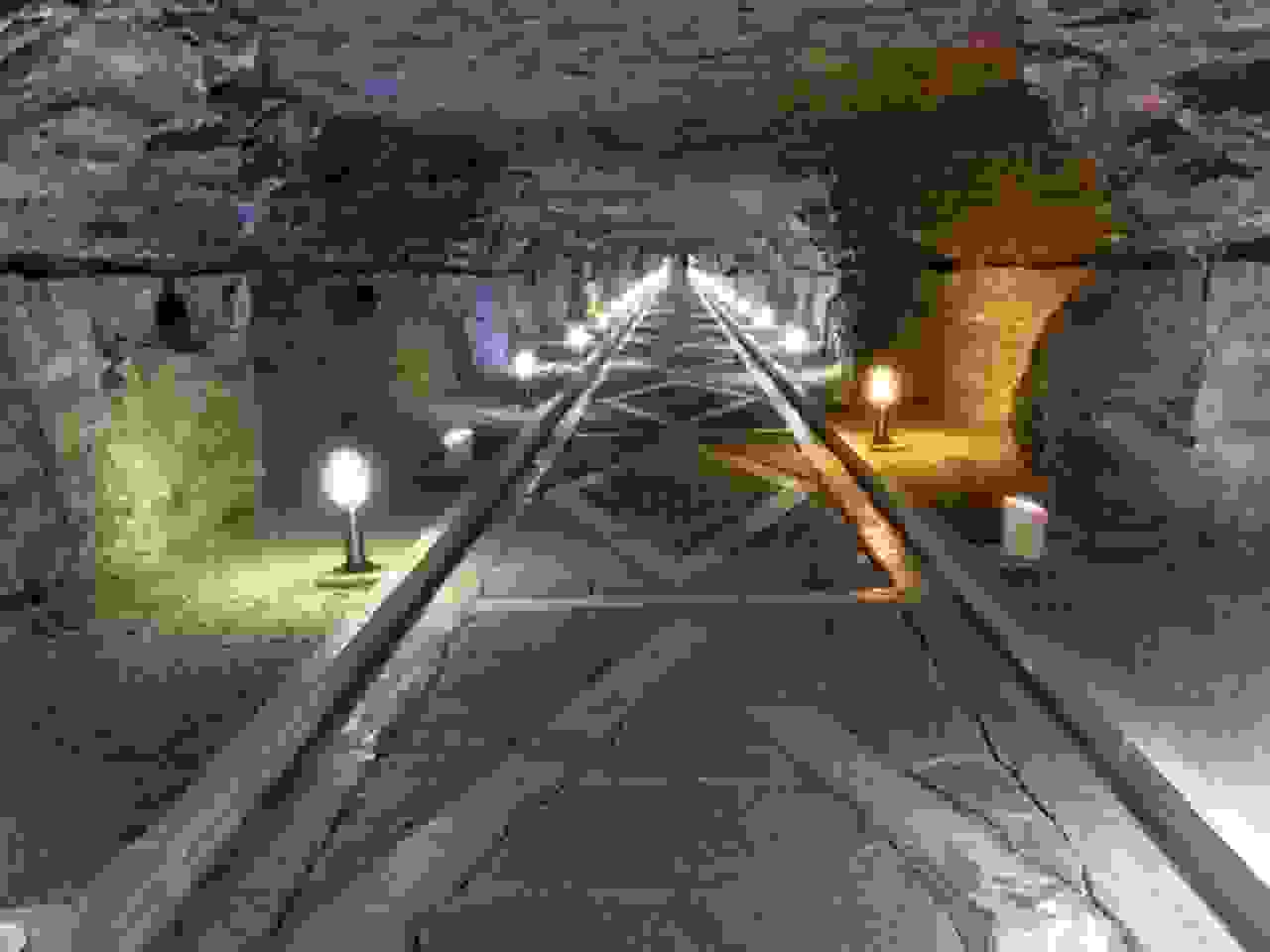
Oh, and it’s really cheap. I was informed you’ll need a doctor’s note if you want to stay there, but if you’re able to get one, then you can stay here for a few dollars a night. Sounds like it might be an interesting way to stay in Nakhchivan, though you’ll need taxis to take you back and forth into town if you do.
So that’s Nakhchivan. A cut-off, somewhat distant sliver of Azerbaijan with an ancient history, generous residents, beautiful boulevards, precarious balcony extensions, and the alleged resting place of Noah. It costs around $140 to fly here (and you can’t buy tickets online right now, for some reason), so it’s not exactly an easy place to visit, especially considering the visa you’d need for Azerbaijan itself.
But maybe that’s exactly why you should go. Because not so many people visit, and the people love to have guests.
Oh, and check out this archer, whose bow is strung backwards:

That was fun too.

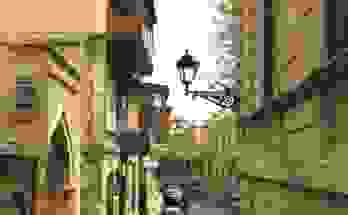
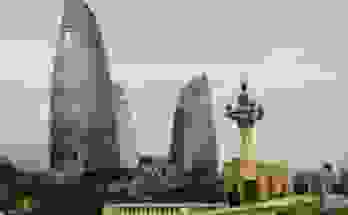
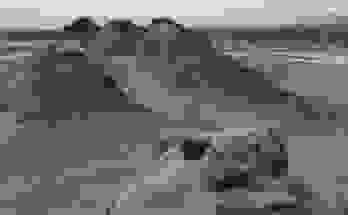
Super interesting, thanks for this glimpse! By the way – met you at the Legal Nomads meet up. I’m glad I learned about your blog. Looking forward to reading more about your recent travels.
Happy to meet you too!
Very nice indeed. I’m loving your write up about Nakhchivan. How fascinating that the city has a thing about balcony extensions. It’s so nice to see the region more colourful too, as ex-Soviet territories have a history of looking rather drab and grey!
Good for them lol!
Very true. It was a lot more colorful than places like Bucharest, for example, especially in certain neighborhoods. I saw remarkably few Soviet concrete blocks in the Caucasus region than elsewhere I’ve been in the former Soviet countries.
I’ve just discovered your blog and find these former soviet republics very interesting.
I don’t think the bow is strung backwards; I think it’s a recurve bow.
It’s definitely a recurve, but check out how the tips of a recurve point. Away from the user.
Where did you stay at night? How did you find accommodation?
As I recall, there was only one hotel listed in the guidebook at the time, and it was a large, nice, modern hotel.